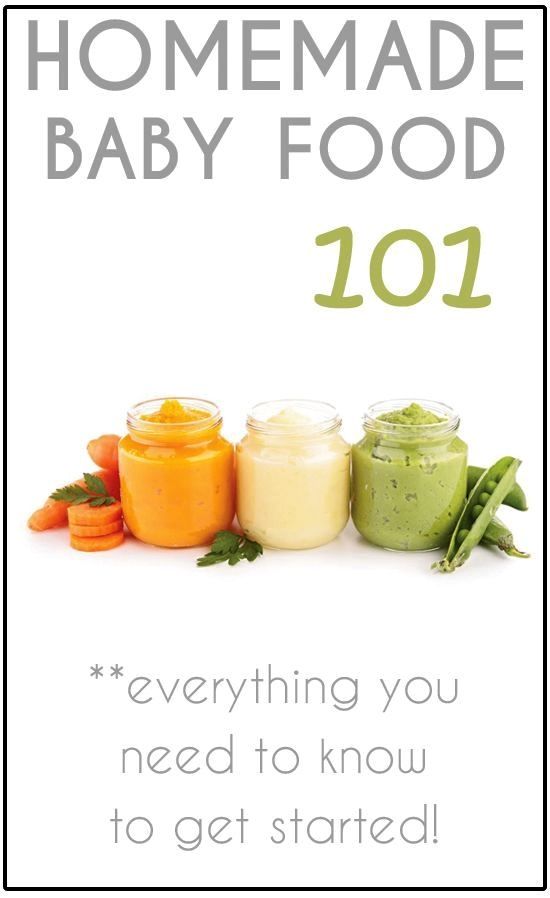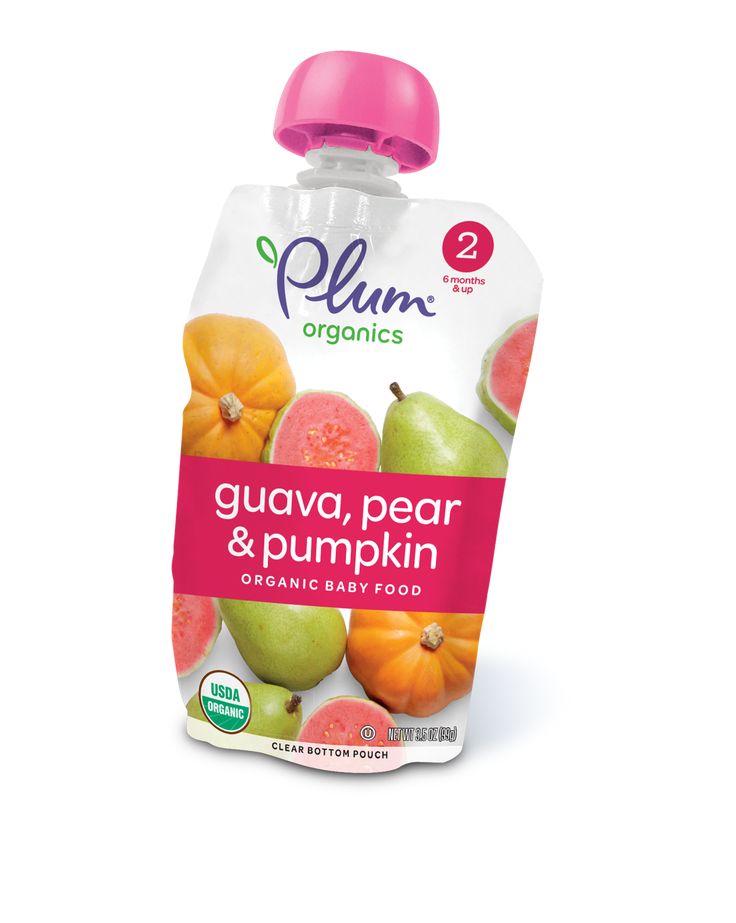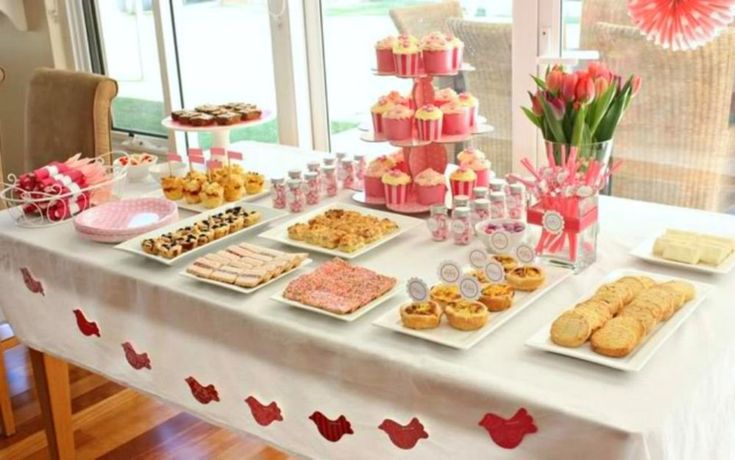Can i feed my baby different brands of formula
Information for Families During the Formula Shortage
Read this page in:
- Spanish / Español
- Vietnamese / Tiếng Việt
- Creole / Kreyòl
- Navajo
There’s nothing as important to families as the health and safety of their babies, and the formula shortage has left many people feeling anxious about how they’ll feed them. Some young children, teens, and adults with medical needs also rely on formula for their nutrition. They may be impacted by the shortage, too.
We know it’s not easy to change your baby’s diet. However, if you can’t find formula in stock, here are some tips for finding safe substitutes.
Find Safe Substitutes
Information provided reflects input from physicians and other experts at the Department of Health and Human Services, American Academy of Pediatrics (AAP), and the North American Society For Pediatric Gastroenterology, Hepatology & Nutrition (NASPGHAN).
Image
Try a New Brand of Formula
One-Page Flier
- English
- Spanish
Note: Children younger than 6 months old should only drink breast milk or infant formula. Talk with your pediatrcian or other health care provider if you are having difficulty breastfeeding or finding infant formula.
Most babies will do just fine with different brands of formula, including store brands, as long as they're the same type, like cow's milk-based, soy, hypoallergenic (extensively hydrolyzed), or elemental (amino acid-based). Keep in mind that your baby may seem to not like the taste, or may have a hard time tolerating a different formula, initially. If this happens:
- Try slowly introducing small amounts of the new formula by mixing it with your regular formula. Slowly increase the amount of the new formula over time.
- Be patient, since it may take some time for your baby to get used to it.
- If your baby is vomiting, has gas pains, is crying or can't be calmed down during feedings, is losing weight, has diarrhea, has blood or mucus in their poop, or is straining to poop, they may not be tolerating the new formula.
 Call your pediatrician or other health care provider if you have questions.
Call your pediatrician or other health care provider if you have questions.
If you need help figuring out which formulas you may be able to substitute:
- Your pediatrician or other health care provider is always the best resource because they know your baby and their health history.
- You can also check this list of comparable formulas developed by an organization of pediatric gastroenterologists called NASPGHAN. Keep in mind that this list focuses on substitutes for formulas that were part of the February 2022 recall, so you might not see your baby's formula listed here. Any substitution should only be done under the recommendation and supervision of your pediatrician or other healthcare provider.
- Learn more about formula preparation and storage.
Image
Try Formula That’s Made in Another Country
You can also consider buying formula that's made outside of the United States in U.S. stores. Stores will start carrying or may already have these options.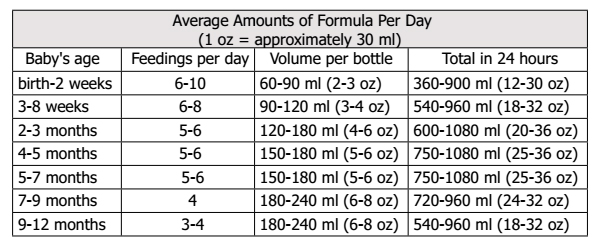 The Food and Drug Administration (FDA) has allowed these formula companies to market certain products in the United States, and may allow more infant formula products that meet its criteria to be sold in the U.S. When preparing formula made in other countries:
The Food and Drug Administration (FDA) has allowed these formula companies to market certain products in the United States, and may allow more infant formula products that meet its criteria to be sold in the U.S. When preparing formula made in other countries:
- Read the mixing instructions carefully for preparing powdered formulas. They may require different amounts of powder or water than formulas made in the U.S.
- Use the FDA's conversion chart to convert milliliters to fluid ounces and common conversions from Celsius (°C) to Fahrenheit (°F).
Consumers should be cautious when buying formula that’s made outside of the U.S. from online marketplaces, as it has the potential to be counterfeit. Learn more about how to spot counterfeit infant formula: What are counterfeit infant formulas? How can I avoid buying such products?
Image
Talk to Your Pediatrician or Other Health Care Provider About Substitutes for Hypoallergenic or Specialty Formula.

If you need hypoallergenic or medical specialty formula, it may be harder to find a substitute. Talk to your pediatrician or other health care provider about acceptable substitutes. Depending on which formula your baby needs, your doctor may be able to submit an urgent request for specialized formula to Abbott Nutrition, which is releasing some specialty and low-iron formulas on a case-by-case basis.
Feed Your Baby Safely
If you can't find enough formula, there may be some short-term options that can help in an urgent situation. You should also know about serious safety concerns related to certain alternative preparations for feeding your baby. Always talk to your pediatrician or other health care provider first if you don't have enough formula to feed your baby.
Image
Talk to Your Pediatrician or Other Health Care Provider About Short-Term Options
Image
Explore Resources for Breast Milk or Breastfeeding
Talk with your pediatrician or other health care provider about using human milk from a human milk bank.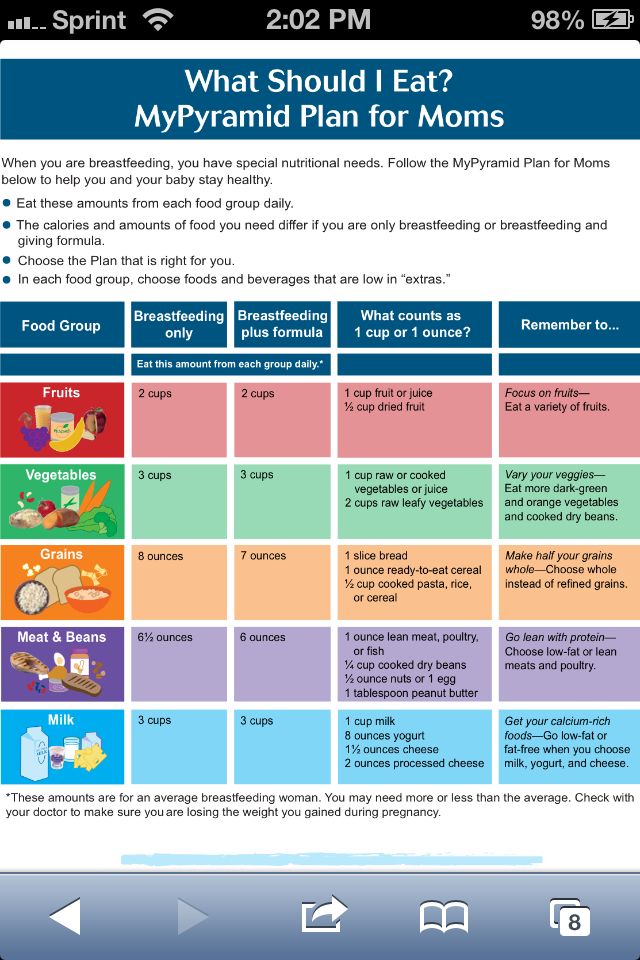
- If possible, consider a local milk bank that is accredited through the Human Milk Banking Association of North America (HMBANA). Keep in mind that most of the milk from milk banks is given to hospitalized babies, and they may not have enough to serve healthy babies at all times.
- Never purchase human milk on the internet. Human milk bought through the internet could be diluted with other substances or contaminated with germs and might not be collected, stored, or transported safely. You also cannot be sure if the donor was medically screened for infectious diseases or drug use.
- Informal human milk sharing in the community also has risks. If you are considering feeding your baby with human milk from a source other than the baby’s mother, talk to your pediatrician or other healthcare provider about the potential risks.
For families who are using both breast milk and formula, consider shifting more of your baby’s diet to breast milk.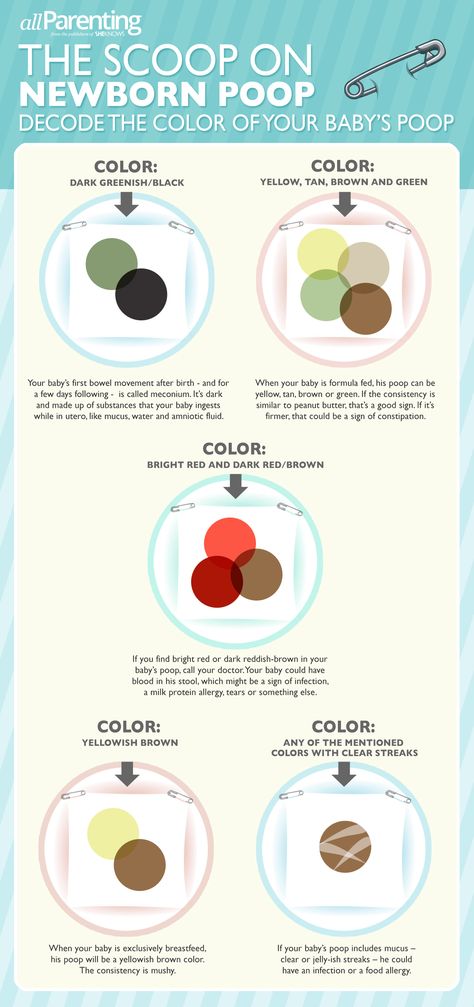
- This could mean you need to increase your breast milk supply. You can do this by breastfeeding your baby more frequently or by adding pumping sessions between breastfeedings. Pumped milk can be kept in a refrigerator and stored frozen for later use.
- The CDC provides more information about breastfeeding, travel, and pumping and local support for mothers who are breastfeeding.
Image
Avoid Unsafe Formula Practices and Buying More Than You Need
Don't try to make formula at home. There are serious health and safety concerns with homemade formula. Your baby's nutritional needs are very specific, especially in the first year of life. Homemade formula may contain too little or too much of certain vitamins and minerals, like iron. Homemade formula also increases the risk of contamination, which could make your baby sick or lead to infection.
Don't water down formula. Adding more water means your baby does not get enough of the nutrients they need and can lead to serious health problems, like seizures.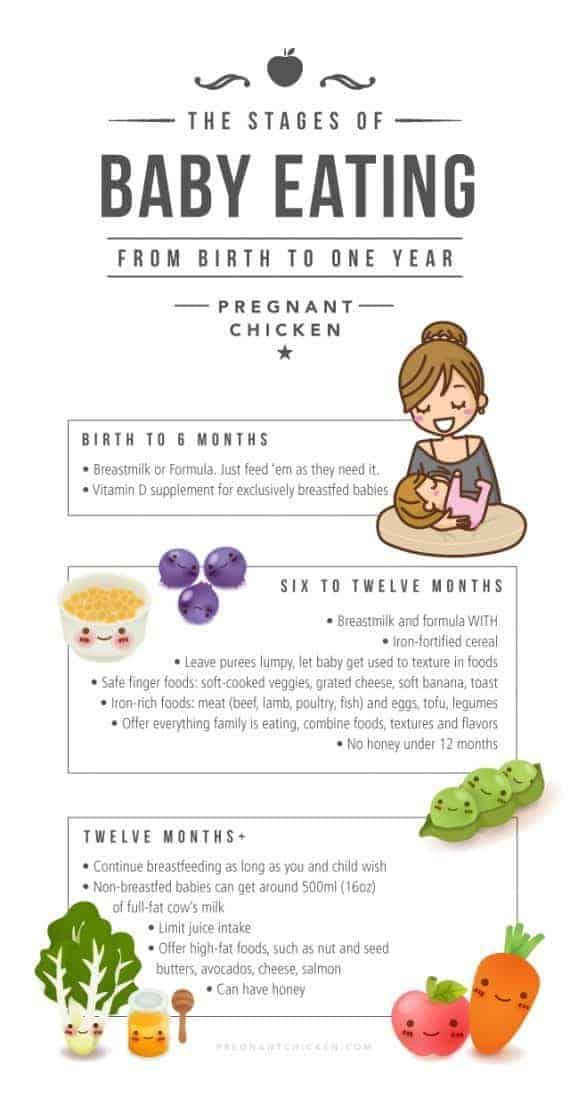
Don't use formula past the "best by" or "use by" date. The formula may not be safe and may have lost some of its nutrients.
Don't buy more formula than you need. The shortage is affecting families who are already navigating the stress of parenting during a pandemic. It can be tempting to buy as much formula as possible right now, but the AAP suggests buying no more than a 10-14 day supply to help improve shortages.
Get Help From WIC
If you need help buying formula, you’re not alone. About 43 percent of all babies in the U.S. receive help from the Special Supplemental Nutrition Program for Women, Infants, and Children (WIC). WIC provides formula and food for your family, and can connect you to trained professionals who provide health screenings, breastfeeding support, and nutrition advice. You can also participate in WIC while you’re pregnant. Contact your local WIC clinic to see if you or your family is eligible.
Check your eligibility
Check out our Infant Formula Resources multilingual social media toolkit.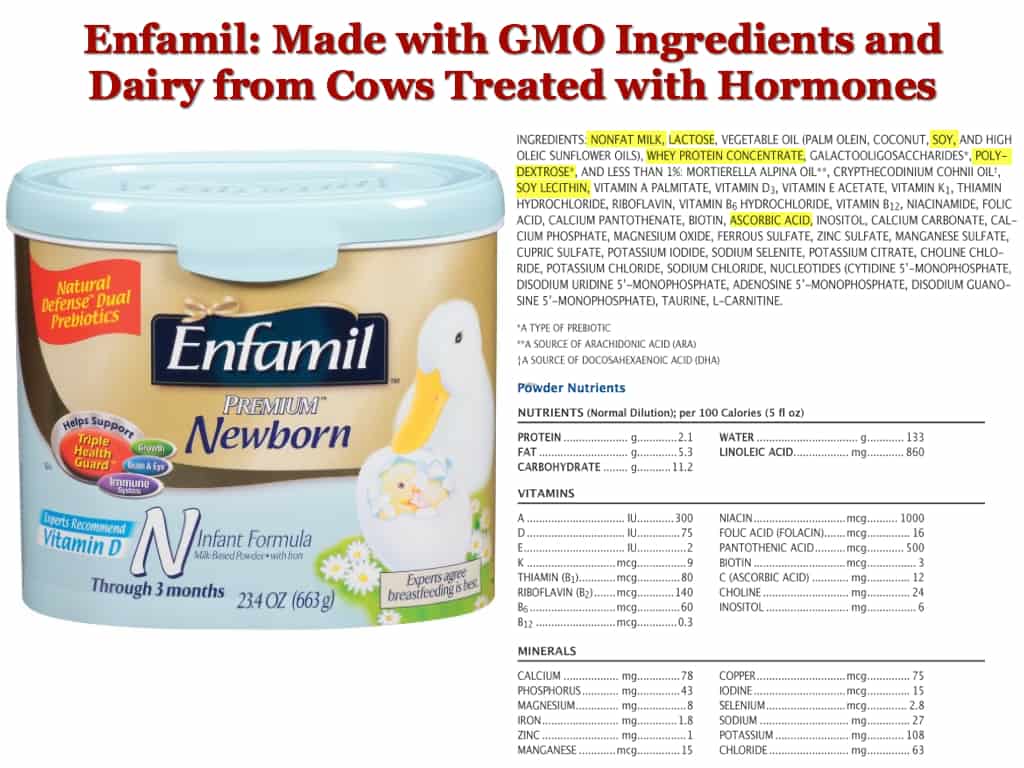
Get Help Finding Formula
Organizations in your community and formula companies may be able to help you find formula or safe substitutes.
Image
Community Resources
- Locate your nearest Community Action Agency (CAA): Your local CAA may be able to give you formula or connect you with local agencies that have formula.
- Call 211: United Way’s 2-1-1 can connect you to a community resource specialist who may be able to help you find local food pantries and other sources of formula.
- Find an accredited milk bank: The Human Milk Banking Association of North America (HMBANA) gives donated breast milk to families in need. You may need a prescription from your pediatrician or other health care provider to get donated breast milk from HMBANA.
Image
Formula Company Phone Numbers
Formula companies may be able to help you find formula or safe substitutes. Because a lot of people are looking for formula, you may experience long wait times.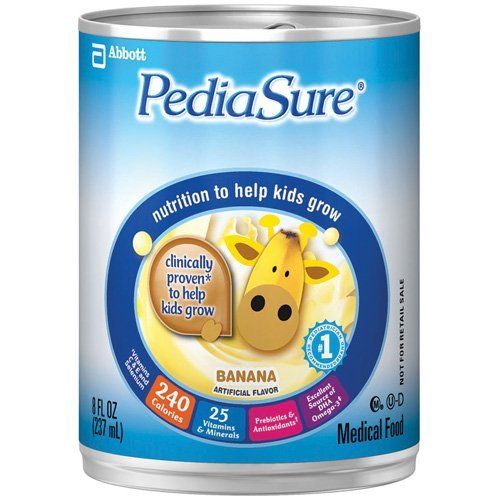 Most types of formula may also be out of stock.
Most types of formula may also be out of stock.
- MyGerber Baby Expert: Reach a certified nutrition or lactation consultant by phone, text, Facebook Messenger, web chat, or video call to help you find a similar formula that may be more readily available.
- Similac (Abbott’s) urgent product request line: Ask your gynecologist (OB/GYN) or your baby’s pediatrician or other health care provider to submit an urgent product request for metabolic or low-iron formula by downloading and completing the form.
- Enfamil (Reckitt’s) customer service line: Call 1-800-222-9123 (BABY-123) for help finding formula.
Learn About How the Shortage Started
Supply chain issues from the pandemic contributed to the current formula shortage. It worsened when Abbott Nutrition, one of the country’s largest formula producers, voluntarily recalled formula and closed one of its production facilities in Sturgis, Michigan. The President, agencies across the U.S. government, retailers, and the formula industry are working around the clock to address this shortage and get formula back on shelves. To date, production has ramped up 30-50%.
To date, production has ramped up 30-50%.
Learn About Actions the U.S. Government is Taking
- The President invoked the Defense Production Act. This law puts U.S. formula manufacturers first in line to receive the resources they need to increase formula production. The President is also working with other countries to airlift formula to the U.S. through Operation Fly Formula.
- The FDA and the U.S. Department of Justice negotiated a consent decree with Abbott Nutrition, under which Abbott Nutrition agreed to take specified corrective actions in order to start producing formula again at their Michigan facility. Abbott Nutrition has stated that it will focus on specialty formulas for people with metabolic and other needs first. FDA has also been meeting regularly with other major formula manufacturers who are working to produce more formula to meet the demand. Read more about FDA’s actions.
- The U.S. Department of Agriculture is working with states, tribal nations, and territories across the country to ensure that families who participate in WIC can use their benefits to purchase additional types of formula.

Read more about the additional steps that President Biden is taking to address the formula shortage.
Switching baby formula: Possible side effects, when to do it, and more
Like so many other baby products, different baby formulas tend to develop their own devoted followers. Once you find one that checks off the right boxes (it's affordable for you, comes in bulk, and hey, your baby likes it!) you probably couldn't be paid enough to voluntarily switch to another brand.
Unfortunately, you might not have much of a choice right now: Formula shortages in the United States have sent parents scrambling to track down their baby's preferred formula brand, and many of those parents have been faced with the task of switching formulas as they come up empty-handed in their quest. (Note: Here's an updated list of available formulas that are in stock online now.)
Whatever your reasons for wanting or needing to switch formulas, it might take a little finesse to get your baby on board. There are also a few things to look out for and keep in mind for a smooth transition. Here's what you need to know about making the change.
There are also a few things to look out for and keep in mind for a smooth transition. Here's what you need to know about making the change.
What kinds of formulas can be switched?
In most cases, it's fine to change formulas, as long as you stick with the same type. For instance, the ingredients in all cow's milk-based, iron-fortified infant formulas (recommended for most babies) are essentially the same.
Likewise, if your baby is on a pediatrician-recommended partially hydrolyzed infant formula (a type of formula given to babies who are sensitive to cow's milk), switching to a different brand of partially hydrolyzed formula won't harm them. But if your baby is on a special type of formula, such as a formula designed for premature babies, and you're considering switching formula types, check with your pediatrician first.
And don't switch from a cow's milk-based formula to an extensively hydrolyzed formula without talking with your pediatrician first, since they may not need to be on that type of formula, which is hard to come by in the shortage.
Formulas made with goat's milk are also becoming more popular. If you're currently feeding your baby cow's milk formula, talk with your pediatrician before giving your baby goat milk formula, which may not be necessary.
How to introduce a new formula
If you're ready to switch your baby to a different formula, it could be as simple as opening up a new can and diving right in (again, assuming you're switching to the same type of formula). Most of the time, you can just stop using your old formula and begin using a new one without any drawn-out transition.
Just because it's safe for your baby to switch formulas cold turkey, though, doesn't mean your baby will like it. The taste may vary slightly – some formulas are sweeter than others, for example, and your baby will probably have gotten used to the flavor of their previous formula. Some formulas are also made with added nutrients, like fatty acids and probiotics, and that can also affect the taste. Switching from a ready-to-feed to a powdered formula, or vice versa, may also take some getting used to.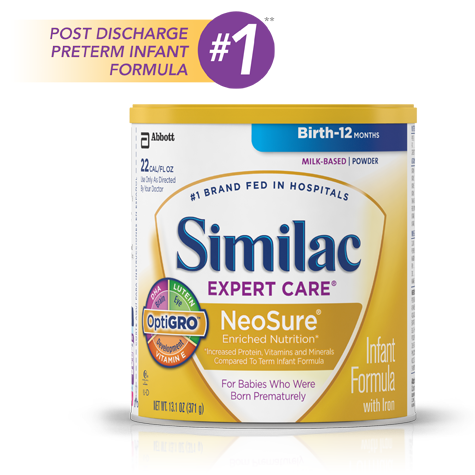
Advertisement | page continues below
You won't harm your baby by changing brands, but if your baby balks when you switch (by showing a sudden disinterest in this new formula or refusing to finish their bottle) you may be able to introduce them to the new formula gradually rather than all at once.
Can you mix different baby formulas?
Yes, you can mix different baby formulas, as long as one hasn't been recalled and you're preparing it safely in terms of the ratio of formula to water. If you're worried about mixing correctly, try preparing both formulas separately, and then mixing them together after they've been prepared.
If your baby is resisting the switch to a new formula, mixing some of the new in with the old – a little at a time – can help them get used to the change without giving them too big of a surprise at feeding time. Of course, this may not always be possible (for instance, if you've run out of the old formula).
There are different methods when it comes to combining the right amounts of a new and old formula brand. But generally speaking, you can start by mixing two parts old formula and two parts new for a couple of days until your baby seems used to the new flavors. Then you can switch over fully.
But generally speaking, you can start by mixing two parts old formula and two parts new for a couple of days until your baby seems used to the new flavors. Then you can switch over fully.
More sensitive babies, though, may need a more prolonged approach. In that case, start with three parts of your old formula and only one part of your new formula, then switch to 50/50, and finally to one part old, three parts new before using the new formula exclusively. If you have enough of the old formula, you can give your baby a few days on each one of these steps to adjust more slowly.
Remember, though, that this isn't necessary unless your baby is struggling with the adjustment.
How to mix and store formula
Watch a pediatrician demonstrate how to make baby formula and store it safely.
Side effects of changing formula
You may be worried that switching formulas will cause side effects, especially tummy-related ones, but the good news is that side effects are uncommon (and any that do pop up should be pretty temporary, resolving within a few days). The most common side effects of switching formula are fussiness after feedings and changing stool patterns, either looser or less frequent.
The most common side effects of switching formula are fussiness after feedings and changing stool patterns, either looser or less frequent.
It's not a sign of trouble if your baby's poop changes in frequency or color. Remember that formula makes up a big part, if not all, of your baby's diet when they're young. If you changed your entire diet overnight, your bowel movements would probably change, too! Your baby's stomach may need some time to adjust to new or different ingredients.
Some parents worry that excessive gas or other bowel oddities indicate a difficulty tolerating a specific kind of formula. But the truth is that all babies have gas – a lot of gas – so gas alone doesn't mean your baby can't handle whatever kind of formula you're giving them.
It also doesn't mean they have an allergy to cow's milk. (Incidentally, many children who are allergic to cow's milk-based formulas are also allergic to soy-based formulas, so if you think your baby is allergic to milk, switching to soy isn't recommended. )
)
If your baby's stool suddenly becomes very firm after starting a new formula, they may be constipated. This isn't an immediate cause for alarm, and can happen when switching formulas, since your baby's stomach is sensitive to changes.
Try these basic remedies for easing constipation at home:
- Give your baby a warm bath.
- Move their legs in a "bicycle" pattern.
- Give them a small amount of 100-percent prune juice once a day. While babies aren't supposed to have juice before they're a year old, a little bit is okay and might help relieve their constipation. If your baby is younger than 4 months old, talk to your pediatrician before trying this.
- If your baby has started eating solid food, give them pureed pears or prunes, or whole-grain cereal like cooked oatmeal.
If your baby still doesn't poop after trying these tips, if they've gone five or more days without a bowel movement, or if trying to pass stool seems to cause them pain, call your baby's pediatrician.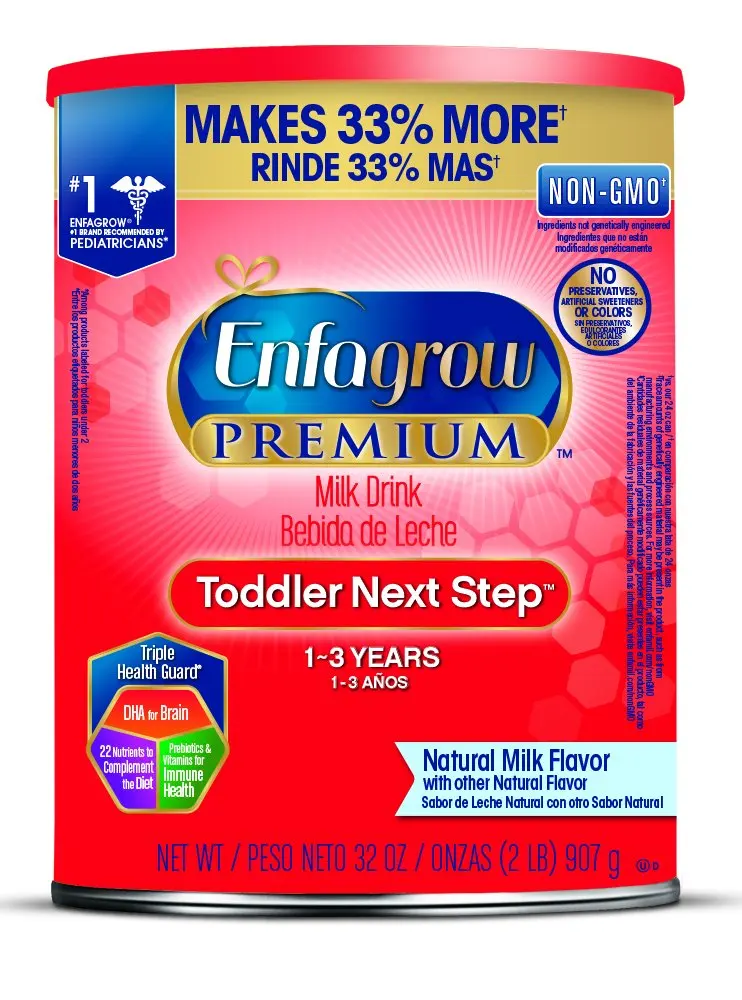 They may advise you to use a suppository or another medication, but only do this at their recommendation.
They may advise you to use a suppository or another medication, but only do this at their recommendation.
Of course, there is always a chance that your baby won't tolerate their new formula well. Don't ignore side effects like rashes, itchy or irritated skin, frequent diarrhea, fatigue or lethargy, and vomiting. If there's blood in your baby's stool or in their vomit, call your baby's doctor immediately. These are signs of a true formula intolerance.
Can infant formulas be mixed - Children
Alex Safman
- 3 minutes to read
The answer to the question posed in the title of the article, is it possible to mix baby formulas, any experienced doctor will give an unambiguous answer - mixing in one bottle is unacceptable! The need to give a child two different adapted formulas during one feeding may only be necessary for a very short period, in the event that a change in the diet of a formula-fed child needs to be made. For example, for some reason, the Nutrilon milk formula did not fit, caused an allergic reaction or negative symptoms from the gastrointestinal tract, and the pediatrician recommended semper baby food. In this case, it is necessary to carry out the transition from one to the other gradually.
For example, for some reason, the Nutrilon milk formula did not fit, caused an allergic reaction or negative symptoms from the gastrointestinal tract, and the pediatrician recommended semper baby food. In this case, it is necessary to carry out the transition from one to the other gradually.
For a child who is bottle-fed, a sharp change in diet and mixing products from different manufacturers is unacceptable. If you immediately and completely replace one brand of nutrition with another, this can cause indigestion or an allergic reaction.
A new mixture in the children's menu must be introduced competently and gradually, starting with a small volume and gradually increasing its amount in the diet.
A new mixture should be introduced little by little, giving it to the child in a separate bottle in a small amount. Gradually, from feeding to feeding, the amount of the new must be increased, and the old must be reduced.
Transition schemes from one adapted mixture to another
You can use one of the schemes proposed by doctors for introducing a new adapted mixture into the children's diet.
The first scheme is as follows:
- Day 1 - give the child 10 ml of new food once.
- Day 2 - give three times, during three feedings to the child, 10 ml each - a total of 30 ml during the day.
- Day 3 - give three times, during three feedings to the child, 20 ml each - a total of 60 ml during the day.
- Day 4 - give five times, during five feedings to the child, 50 ml each - a total of 250 ml during the day.
- Day 5 - give four times, during four feedings to the child, 10 ml each - a total of 400 mm during the day.
- Day 6 - give five times, for five feedings of 150 ml - a total of 750 ml per day.
- Day 7 - completely switch to a new product.
The second possible scheme for the introduction of new nutrition:
- Day 1 - add 5 ml of the new product to 1 feeding in the afternoon.
- Day 2 - add 20 ml of the new product to the same feeding in the afternoon.
- Day 3 - add 40 ml of the new product to the same feeding in the afternoon.
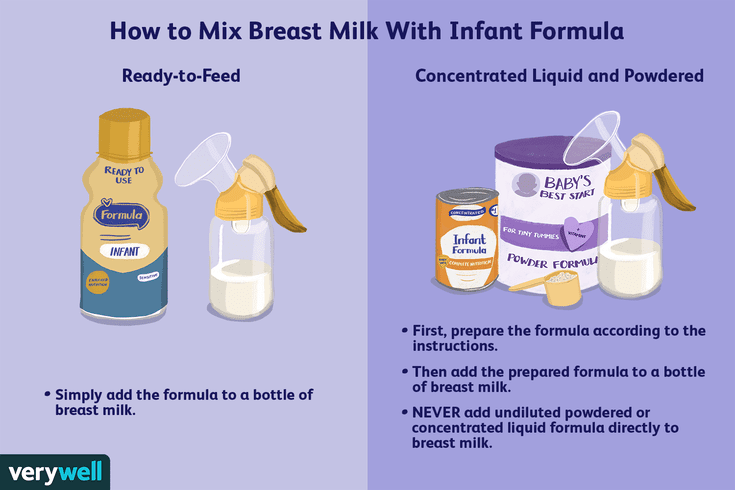
- Day 4 - Replace 40 ml of new mixture with 40 ml of old every second feeding.
- Day 5 - Replace 40 ml of old formula with 40 ml of new formula at each feeding.
- Day 6 - fully feed the baby with a new product.
- In this way, in a week the child will completely switch to a new diet.
The third version of the scheme.
- 1-2 days - once 10 ml.
- Day 3 - three times 30 ml.
- Day 4 - 3 times 50 ml.
- Day 5 - 3 times 60 ml
- Day 6 - 4 times 100 ml
- Day 7 - 4 times 150 ml
- Day 8 - 5 times 200 ml
- Day 9 - complete replacement.
In the process of implementing any of the proposed schemes for the transition to a new diet, it is imperative to prepare the mixture in different bottles. During feeding, first the child is given a new composition, and then the old one, because, having eaten the usual food, he will not be hungry and may refuse a product with an unusual taste for him.
When replacing 1-3 feedings, it is preferable to give a new product during the day, leaving the old mixture for the morning and night, so that possible problems in the gastrointestinal tract after eating an unusual diet do not prevent the baby from sleeping normally at night.
If the child is not on artificial, but on joint feeding, that is, the lack of breast milk is only partially replenished with an artificial mixture, then to switch to a new product in the first days it is given once, and in all subsequent days three times.
Of course, every responsible mother understands that there is nothing better for children's health than breastfeeding. But if for one reason or another it is necessary to artificially feed a child, then it is recommended to choose only adapted mixtures for this, preferably imported. You should not use, for example, the Russian mixture Agusha, the composition of which is not sufficiently adapted to fully replace breast milk.
- 1
feeding rules, types of formulas, tips for breastfeeding mothers
If breastfeeding is not possible, do not be upset: modern technologies make it possible to achieve maximum compliance of artificial feeding with all healthy nutrition standards.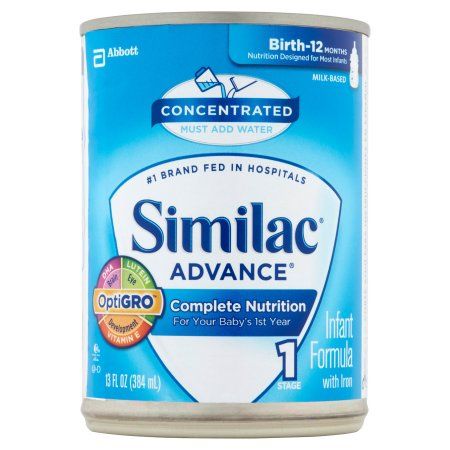 We talk about the basic rules of artificial feeding and common mistakes.
We talk about the basic rules of artificial feeding and common mistakes.
Website editor
Tags:
Health
weight loss
Children
Nutrition
VOICE recommends
The health of a newborn is directly dependent on his nutrition.
⚡️⚡️⚡️ TO STAY CONNECTED NO matter what, LOOK FOR US IN Yandex.Zen, VK, Telegram, Odnoklassniki.
If you can breastfeed, great, it's the best food for your baby. But if for some reason natural feeding is not possible, this is not a reason to panic: there are now many healthy mixtures that can replace mother's milk. Study our rules for artificial feeding, and everything will work out!
When to switch to artificial feeding
- Inability to breastfeed for medical reasons.
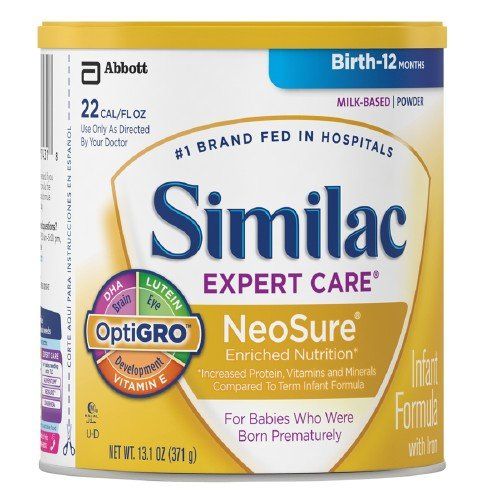 With some diseases, as well as when taking a number of medications, breastfeeding is prohibited, since milk can be dangerous for the baby due to the content of toxic substances. Sometimes the reason to stop breastfeeding may be the child's disease (for example, cleft lip or severe malformations).
With some diseases, as well as when taking a number of medications, breastfeeding is prohibited, since milk can be dangerous for the baby due to the content of toxic substances. Sometimes the reason to stop breastfeeding may be the child's disease (for example, cleft lip or severe malformations). - Cessation of lactation. If there is not enough milk or it has disappeared completely, there is nothing to do, you need to supplement the baby with mixtures. As a rule, mixed and artificial feeding solve the problem.
- Impossibility of regular feeding. For example, you can go to work or end up in a hospital, and this is not a reason to starve a child, but a reason to switch to mixed or artificial feeding: the rules for feeding and portion sizes change somewhat.
- Inadequate nutritious milk from the mother. Sometimes the problem is solved by changing your diet, but if the milk remains watery and the baby is screaming with hunger, then it's time to supplement him with mixtures, and later switch to them completely.
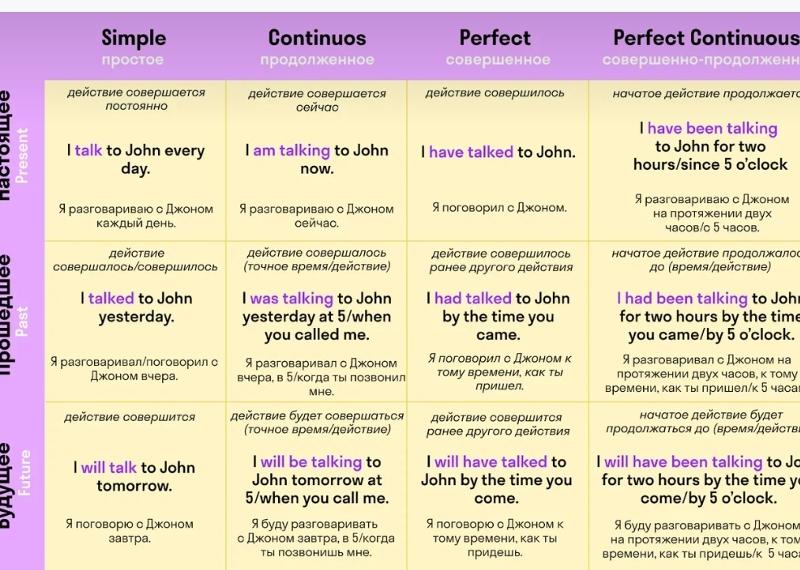
- The wish of the child's mother. No matter how pediatricians talk about the benefits of breastfeeding, sometimes women who have every opportunity to breastfeed still prefer to give their baby a bottle. Well, that's your right. Just learn first the rules of artificial feeding of infants!
ADVERTISING - CONTINUED BELOW
Rules for artificial feeding of a child
1. How to choose a formula?
It is best to ask a pediatrician for recommendations, but in principle, if the baby is not lactose intolerant, any mixture approved by the Union of Pediatricians of Russia will do. It is great if the mixture contains Omega 3 and Omega 6 fatty acids, they contribute to the harmonious development of the nervous system.
For example, Nutricia's "Malyutka" formula meets all the standards and rules of artificial feeding, is produced according to European technologies with the strictest quality control and is recommended as an alternative to breast milk even for newborns.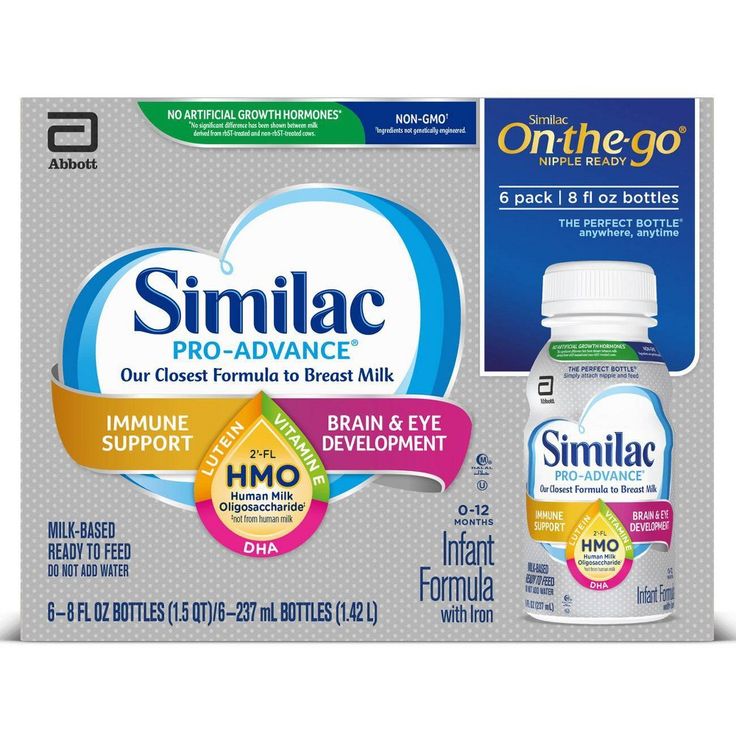 Nutricia regularly evaluates the quality and demand for its products among consumers and doctors, analyzing the results of independent surveys of pediatricians and mothers with children up to 24 months of age.Iodine, selenium, zinc, iron with enough vitamin C (for better absorption), choline, taurine, L-carnitine are modern ingredients, the amount of which is specially selected in formulas to meet the needs of children.The quality is monitored by the Dutch research center Numico, the milk base for formulas is made in the most environmentally friendly country - Ireland, and production is open in Russia, at a plant in Istra, which received the international ISO 22000 certificate - maximum food safety control who in.
Nutricia regularly evaluates the quality and demand for its products among consumers and doctors, analyzing the results of independent surveys of pediatricians and mothers with children up to 24 months of age.Iodine, selenium, zinc, iron with enough vitamin C (for better absorption), choline, taurine, L-carnitine are modern ingredients, the amount of which is specially selected in formulas to meet the needs of children.The quality is monitored by the Dutch research center Numico, the milk base for formulas is made in the most environmentally friendly country - Ireland, and production is open in Russia, at a plant in Istra, which received the international ISO 22000 certificate - maximum food safety control who in.
Bibikol New Zealand brand mixture is produced on the basis of wholesome goat milk. The range of the brand includes mixtures for the smallest and older children, and the quality of the products is confirmed by Russian pediatricians. As a rule, formula feeding does not cause serious side effects even during the adaptation period.
The Dutch brand Kabrita also makes milk formulas based on goat's milk, which is easier to digest than traditional cow's milk. The brand's products contain vitamins, microelements and other functional ingredients necessary for the development of the child.
The mixes of another Dutch brand, Friso, are considered among the best due to their high quality. The brand offers mixtures for both newborns and older children. Subject to the rules for artificial feeding, this is an excellent choice for babies of different ages.
2. How do I know if formula is right for my baby?
If possible, the transition to artificial feeding should be done according to the rules, gradually replacing breast milk with formula. Pediatricians believe that adaptation to a new diet in babies under the age of one year takes from 3 to 7 days. During this period, stool changes, gas formation are possible, and this should not be frightened. As a rule, after a week, the baby stops worrying about the tummy and gets used to the new mixture. If this does not happen, it is worth choosing another food for him. For example, instead of the usual milk mixture, offer a fermented milk analogue. Major brands, like Nutricia's Malyutka, always have both options in their product line.
As a rule, after a week, the baby stops worrying about the tummy and gets used to the new mixture. If this does not happen, it is worth choosing another food for him. For example, instead of the usual milk mixture, offer a fermented milk analogue. Major brands, like Nutricia's Malyutka, always have both options in their product line.
Formula milk can be used from birth
To improve digestion, a pediatrician can recommend fermented milk formula for formula feeding
3. How to choose a feeding bottle?
Feeding bottles are available in plastic and glass, and each has its own advantages, there are no strict rules for artificial feeding in this regard. Plastic ones are safer because they don't break. They are lighter, so it is convenient to take them with you for a walk. Glass is good because it can be sterilized many times, while plastic can deteriorate. Which bottle to choose for a newborn depends on the age of the baby.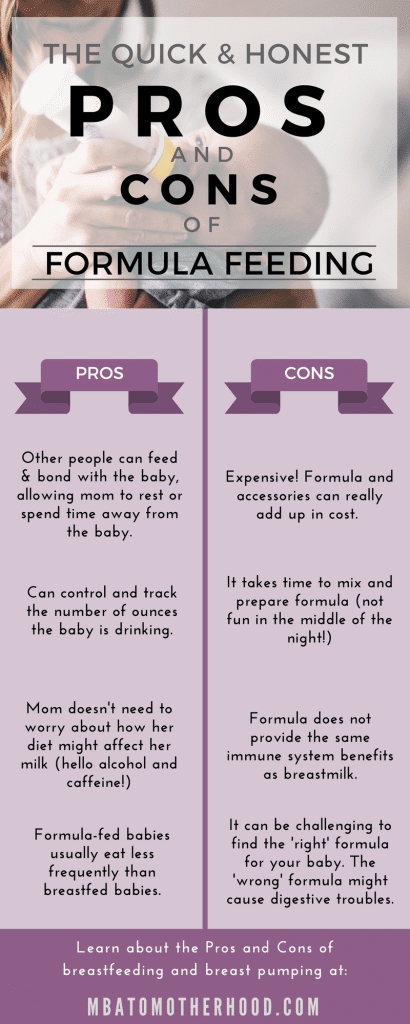 For the smallest, glassware is better, since sterility is in the first place. For older babies outside the home, it is better to use plastic bottles, but for home feeding, still leave glass bottles.
For the smallest, glassware is better, since sterility is in the first place. For older babies outside the home, it is better to use plastic bottles, but for home feeding, still leave glass bottles.
4. How to properly store baby food?
Prolonged exposure to non-standard temperatures, both low and high, can change the organoleptic properties of the product, affect its solubility, and cause swelling of the foil bag or the protective membrane of the can. In case of repeated heating and cooling of the mixture, especially in winter, further use of the product may cause a painful reaction in the child. Therefore, it is very important to observe temperature control from 0ºС to +25ºС. Formula feeding regulations do not recommend storing product near heat sources such as stoves, electric kitchen appliances, radiators, or on windowsills.
5. How long can I keep formula formula?
Less than an hour. If the baby has not finished eating, and you intend to finish feeding him in 15-20 minutes, you can not prepare a new mixture. But if the baby has eaten enough, and the feeding regimen for artificial feeding provides for the next feeding only after 2.5 - 4 hours, then the leftovers should be poured out, and a new portion should be prepared for the next time.
If the baby has not finished eating, and you intend to finish feeding him in 15-20 minutes, you can not prepare a new mixture. But if the baby has eaten enough, and the feeding regimen for artificial feeding provides for the next feeding only after 2.5 - 4 hours, then the leftovers should be poured out, and a new portion should be prepared for the next time.
6. Does my child need probiotic formula?
GOS/FOS prebiotics are natural dietary fibers similar in composition to breast milk prebiotics, they are added as high-quality mixtures to improve digestion. The child quickly and painlessly gets used to such a mixture, absorbs it well and encounters stool disorders less often. Rules for artificial feeding of newborns and older children recommend giving preference to such mixtures, although this is not a strict requirement.
7. How do you know if your baby is eating enough?
You can use the Shkarin formula: The volume of the mixture per day = 800 ml + 50 x (M-2), where M is the number of months of the child's life.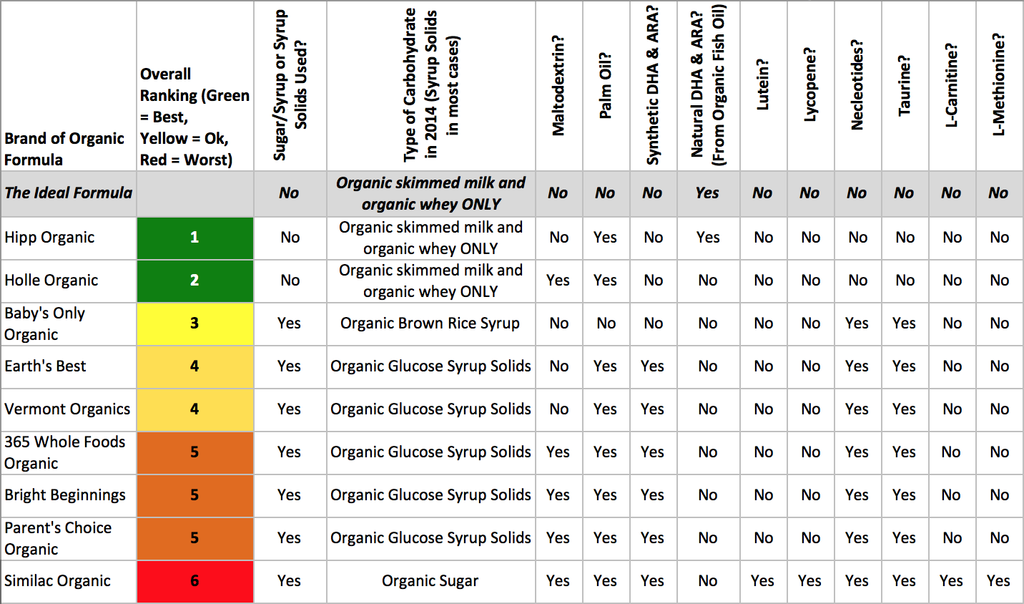 But this method is only suitable for babies older than 2 months. For newborns, everything is very individual, since babies are born with different weights and heights, so if you are afraid that the baby is malnourished or overeating, consult a doctor before feeding the baby formula again.
But this method is only suitable for babies older than 2 months. For newborns, everything is very individual, since babies are born with different weights and heights, so if you are afraid that the baby is malnourished or overeating, consult a doctor before feeding the baby formula again.
8. Should I change my formula?
If there is no reason to doubt the quality of the mixture and its tolerance by the baby, you should not change your child's usual diet just because the new mixture seems more useful, modern, etc. to you. Replacing the mixture can be a real stress for the child's body. And there is no guarantee that a new diet will not cause any signs of intolerance. Replacing the mixture is justified when passing the next age limit, and even in this case, the rules for artificial feeding recommend remaining faithful to one manufacturer.
9. What is the right way to mix?
According to the rules of artificial feeding, most mixtures are prepared as follows: boiled water is cooled to a temperature of 50-60 ° C (a higher temperature cannot be used, live bifidobacteria die and some vitamins are destroyed).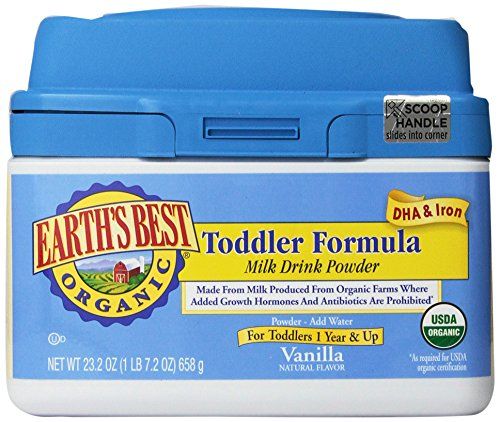 Pour it into a bottle, add the exact amount of the dry mixture there. Close the bottle, mix the mixture thoroughly, shaking the contents of the bottle. Look at the light so that there are no lumps, the milk should turn out homogeneous. To check the temperature of the food - put a few drops on your wrist or elbow crease (the most sensitive place). The mixture should be slightly warmer than body temperature—i.e. practically not felt.
Pour it into a bottle, add the exact amount of the dry mixture there. Close the bottle, mix the mixture thoroughly, shaking the contents of the bottle. Look at the light so that there are no lumps, the milk should turn out homogeneous. To check the temperature of the food - put a few drops on your wrist or elbow crease (the most sensitive place). The mixture should be slightly warmer than body temperature—i.e. practically not felt.
10. Technique and rules of artificial feeding
How to formula feed correctly? In order to make it comfortable not only for the baby, who should be in a semi-vertical position, but also for the mother during feeding, you can use additional pillows by placing them under the back. The position of the mother's legs can be different: you can put your foot on the foot, you can put a low bench under your feet, you can feed the baby in the prone position, while gently holding the baby. To reduce air swallowing, tilt the bottle so that the milk fills the nipple and the air rises to the bottom of the bottle. Hold your baby upright for a few minutes after feeding to reduce the chance of spitting up.
Hold your baby upright for a few minutes after feeding to reduce the chance of spitting up.
Mistakes in artificial feeding
- Blame yourself for being an "artificial" baby. Yes, mother's milk is considered the best food for babies, but if for some reason you cannot provide a child with them, this is not a reason to declare yourself a bad mother. Numerous children were bottle fed and did not experience any fatal consequences. Learn the rules of artificial feeding and follow them without blaming yourself needlessly.
- Feed on demand. Artificial feeding rules suggest feeding by the hour, not on demand. The mixture is digested longer than mother's milk, so it is important to withstand breaks between feedings.
- Ignore the rules for the introduction of complementary foods when artificially fed. Do not introduce complementary foods earlier than at 6 months, and be sure to consult with your pediatrician beforehand.




